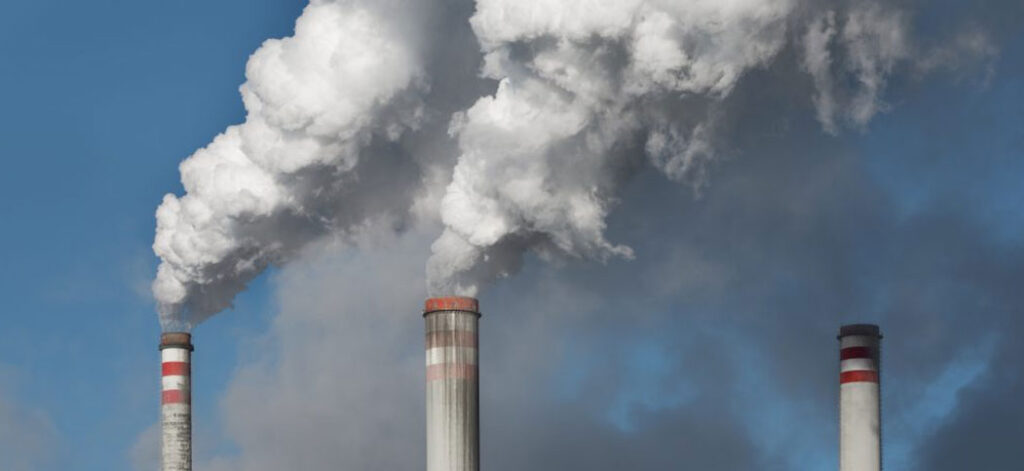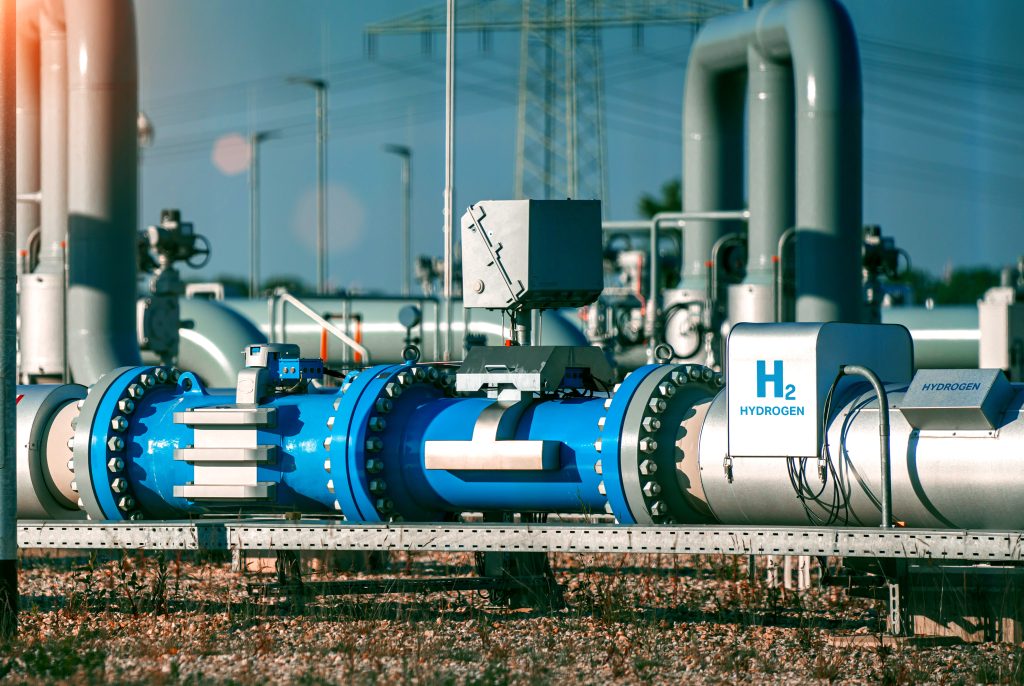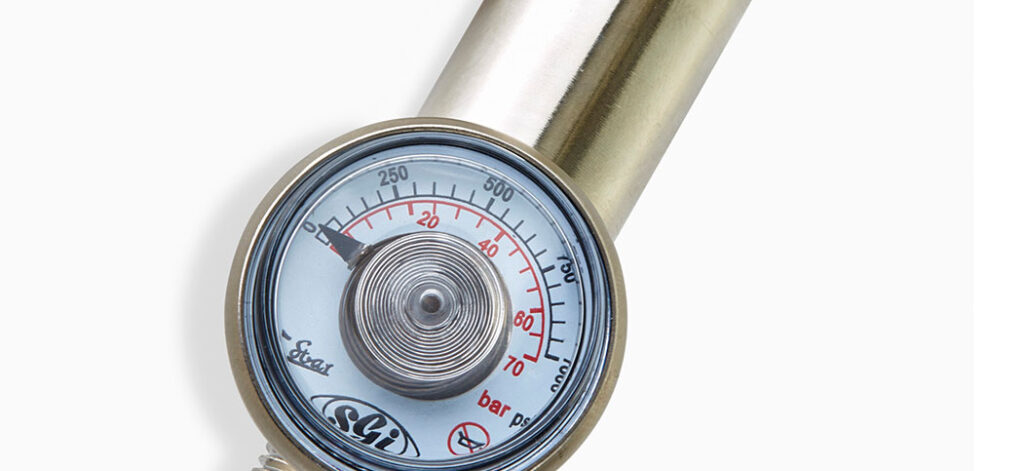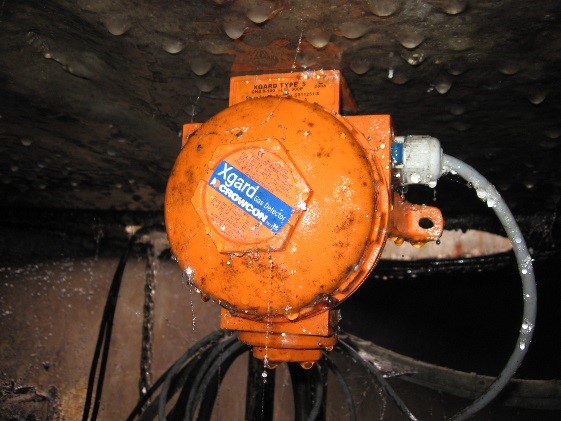Gazy i opary wytwarzane w wielu okolicznościach mają szkodliwy wpływ na pracowników narażonych na ich wdychanie, wchłanianie przez skórę lub połknięcie. Wiele substancji toksycznych jest niebezpiecznych dla zdrowia w stężeniu zaledwie 1 ppm (części na milion). Biorąc pod uwagę, że 10 000 ppm odpowiada 1% objętości dowolnej przestrzeni, można zauważyć, że bardzo niskie stężenie niektórych toksycznych gazów może stanowić zagrożenie dla zdrowia.
Gazowe substancje toksyczne są szczególnie niebezpieczne, ponieważ często są niewidoczne i/lub bezwonne, a fizycznie trudniej ich uniknąć niż cieczy lub ciał stałych. Ich zachowanie fizyczne nie zawsze jest przewidywalne: temperatura otoczenia, ciśnienie i wzorce wentylacji znacząco wpływają na zachowanie wycieku gazu. Na przykład siarkowodór jest szczególnie niebezpieczny; chociaż ma bardzo charakterystyczny zapach "złego jajka" w stężeniach powyżej 0,1 ppm, narażenie na stężenia 50 ppm lub wyższe prowadzi do paraliżu nerwów węchowych, co powoduje, że zmysł węchu staje się nieaktywny. To z kolei może skutkować założeniem, że zagrożenie minęło. Długotrwałe narażenie na stężenia powyżej 50 ppm może mieć inne objawy, a w skrajnych przypadkach prowadzić do paraliżu i śmierci.
Definicje maksymalnych stężeń ekspozycji na toksyczne gazy różnią się w zależności od kraju. Limity są zazwyczaj ważone czasem, ponieważ skutki narażenia kumulują się: limity określają maksymalne narażenie podczas normalnego dnia pracy i dla krótszych okresów do 15 minut lub mniej.
SPOSTRZEŻENIA BRANŻOWE
Subskrybuj, aby otrzymywać najnowsze informacje
w swojej skrzynce odbiorczej
Przeczytaj o polityce prywatności Crowcon Polityka prywatności i plików cookie tutaj. Jeśli zmienisz zdanie, możesz zrezygnować z subskrypcji w dowolnym momencie






